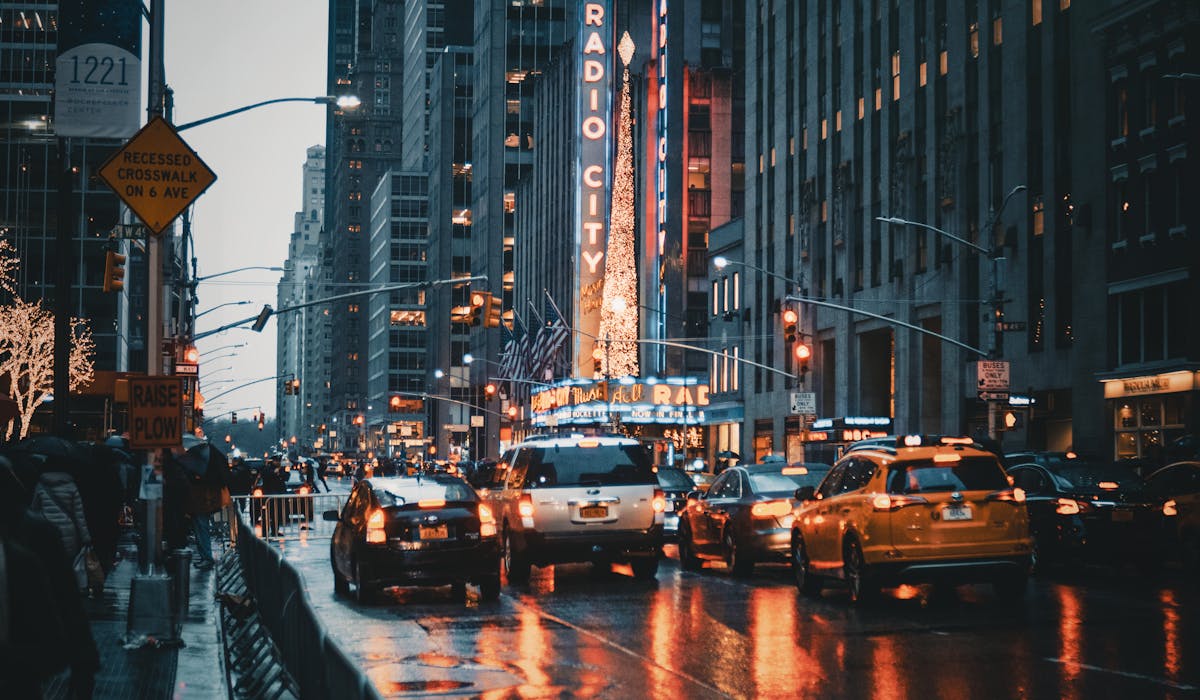Examine This Report on Framing Streets
Wiki Article
The Buzz on Framing Streets
Table of ContentsFraming Streets Can Be Fun For AnyoneThe 10-Minute Rule for Framing StreetsMore About Framing StreetsFascination About Framing StreetsSome Ideas on Framing Streets You Need To Know6 Simple Techniques For Framing Streets
Digital photography style "Crufts Canine Show 1968" by Tony Ray-Jones Road photography (additionally sometimes called candid digital photography) is photography conducted for art or questions that features unmediated opportunity encounters and random incidents within public locations, typically with the objective of capturing photos at a definitive or touching moment by careful framing and timing. 
Framing Streets for Beginners
Susan Sontag, 1977 Street digital photography can concentrate on individuals and their actions in public. In this respect, the street professional photographer is comparable to social documentary professional photographers or photographers that additionally work in public locations, yet with the aim of recording relevant occasions. Any of these photographers' images may capture individuals and residential property visible within or from public locations, which typically requires navigating honest concerns and laws of privacy, protection, and property.Depictions of day-to-day public life develop a category in practically every period of globe art, starting in the pre-historic, Sumerian, Egyptian and very early Buddhist art periods. Art dealing with the life of the street, whether within views of cityscapes, or as the leading motif, appears in the West in the canon of the North Renaissance, Baroque, Rococo, of Romanticism, Realistic look, Impressionism and Post-Impressionism.
Some Of Framing Streets
Louis Daguerre: "Blvd du Temple" (1838 or 1839) In 1838 or 1839 the initial photo of figures in the road was taped by Louis-Jacques-Mand Daguerre in among a pair of daguerreotype sights drawn from his workshop window of the Blvd du Temple in Paris. The 2nd, made at the height of the day, shows an uninhabited stretch of street, while the other was taken at concerning 8:00 am, and as Beaumont Newhall reports, "The Boulevard, so constantly filled up with a relocating throng of pedestrians and carriages was completely singular, other than an individual who was having his boots combed., who was influenced to embark on a comparable paperwork of New York City. As the city established, Atget assisted to promote Parisian streets as a worthy topic for photography.

All About Framing Streets
Martin is the very first videotaped digital photographer to do so in London with a disguised electronic camera. Mass-Observation was a social research study organisation established in 1937 which aimed to tape everyday life in Britain and to tape the responses of the 'man-in-the-street' to King Edward VIII's abdication in 1936 to marry separation Wallis Simpson, i loved this and the succession of George VI. The chief Mass-Observationists were anthropologist Tom Harrisson in Bolton and poet Charles Madge in London, and their initial record was created as guide "May the Twelfth: Mass-Observation Day-Surveys 1937 by over 2 hundred onlookers" [] Home window cleaner at Kottbusser Tor, Berlin, by Elsa Thiemann c. 1946 The post-war French Humanist Institution digital photographers found their topics on the road or in the bistro. Andre Kertesz.'s widely appreciated Images la Sauvette (1952) (the English-language version was entitled The Definitive Moment) advertised the idea of taking an image at what he called the "decisive moment"; "when type and content, vision and structure merged right into a transcendent whole" - Best Zoom Lens.Unknown Facts About Framing Streets
The recording equipment was 'a concealed cam', a 35 mm Contax concealed under his layer, that was 'strapped to the upper body and linked to a long cord strung down the appropriate sleeve'. His job had little contemporary influence as due to Evans' level of sensitivities regarding the originality of his task and the privacy of his topics, it was not published till 1966, in the book Many Are Called, with an intro composed by James Agee in 1940.Helen Levitt, after that an educator of young kids, related to Evans in 193839. She documented the transitory chalk illustrations - copyright Camera that became part of youngsters's street culture in New york city at the time, along with the youngsters that made them. In July 1939, Mo, MA's new digital photography section consisted of Levitt's operate in its inaugural exhibitRobert Frank's 1958 publication,, was significant; raw and usually indistinct, Frank's images questioned conventional photography of the time, "tested all the official guidelines set by Henri Cartier-Bresson and Pedestrian Evans" and "contradicted the wholesome pictorialism and heartfelt photojournalism of American magazines like LIFE and Time".
Report this wiki page